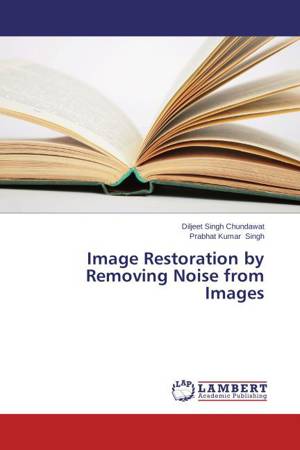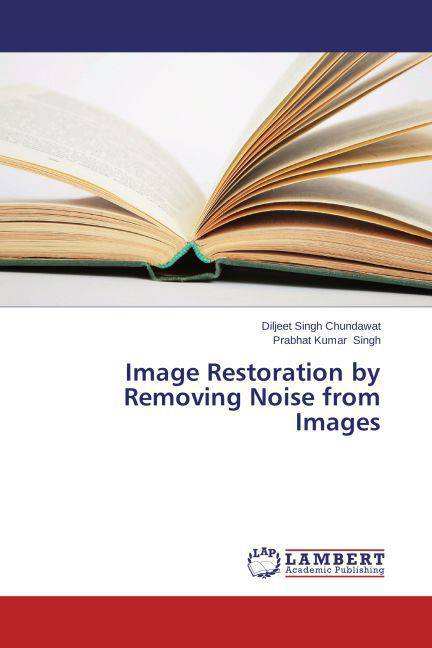
- Afhalen na 1 uur in een winkel met voorraad
- Gratis thuislevering in België vanaf € 30
- Ruim aanbod met 7 miljoen producten
- Afhalen na 1 uur in een winkel met voorraad
- Gratis thuislevering in België vanaf € 30
- Ruim aanbod met 7 miljoen producten
Zoeken
Image Restoration by Removing Noise from Images
Diljeet Singh Chundawat, Prabhat Kumar Singh
Paperback | Engels
€ 35,45
+ 70 punten
Omschrijving
One of the long-standing challenges in photography is noise. Noise artifacts are generated from relative motion between a camera and a scene during exposure. While noise can be reduced by using a shorter exposure, this comes at an unavoidable trade-off with increased noise. Therefore, it is desirable to remove noise computationally. To remove noise, we need to (i) estimate how the image is noised (i.e. the blur kernel or the point-spread function) and (ii) restore a natural looking image through deconvolution. Blur kernel estimation is challenging because the algorithm needs to distinguish the correct image blur pair from incorrect ones that can also adequately explain the blurred image. Deconvolution is also difficult because the algorithm needs to restore high frequency image contents attenuated by noise. This work started by development of Image deblurring using proposed algorithm, which is Modified RadonMAP algorithm.
Specificaties
Betrokkenen
- Auteur(s):
- Uitgeverij:
Inhoud
- Aantal bladzijden:
- 56
- Taal:
- Engels
Eigenschappen
- Productcode (EAN):
- 9783659667657
- Verschijningsdatum:
- 25/12/2014
- Uitvoering:
- Paperback
- Afmetingen:
- 150 mm x 220 mm
- Gewicht:
- 95 g

Alleen bij Standaard Boekhandel
+ 70 punten op je klantenkaart van Standaard Boekhandel
Beoordelingen
We publiceren alleen reviews die voldoen aan de voorwaarden voor reviews. Bekijk onze voorwaarden voor reviews.











